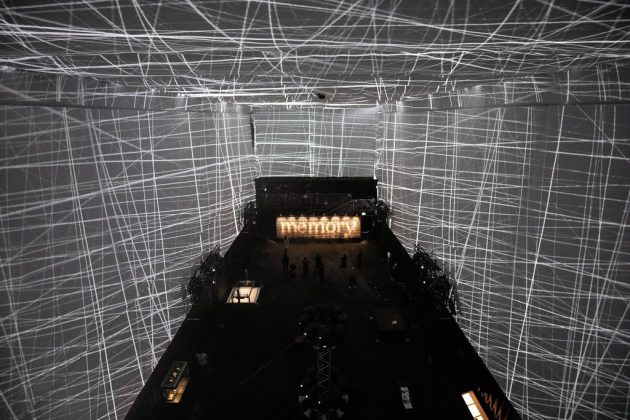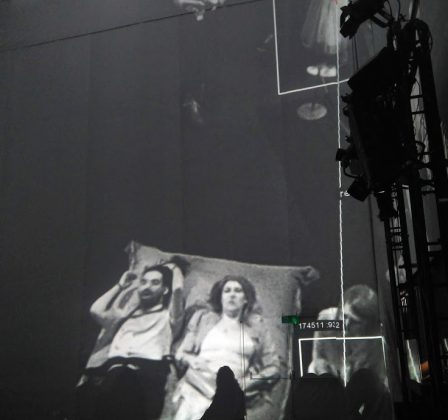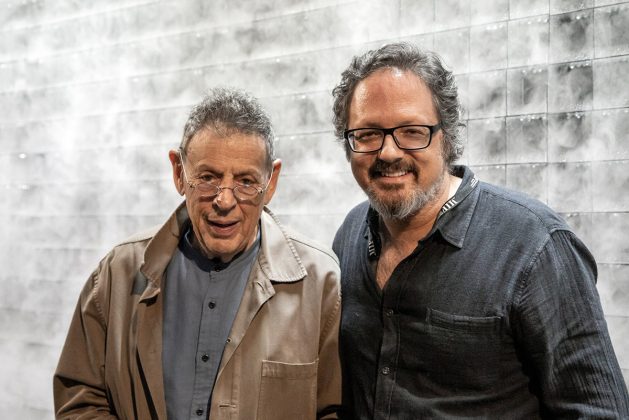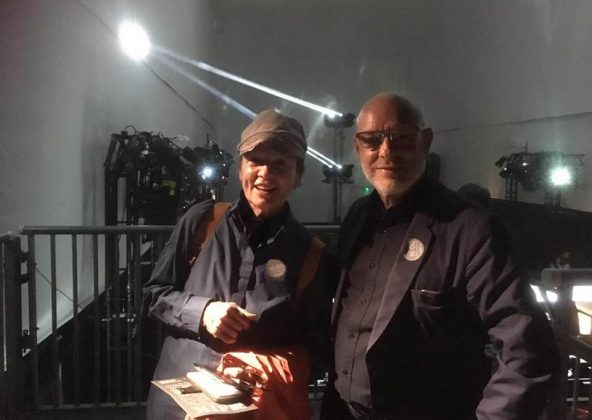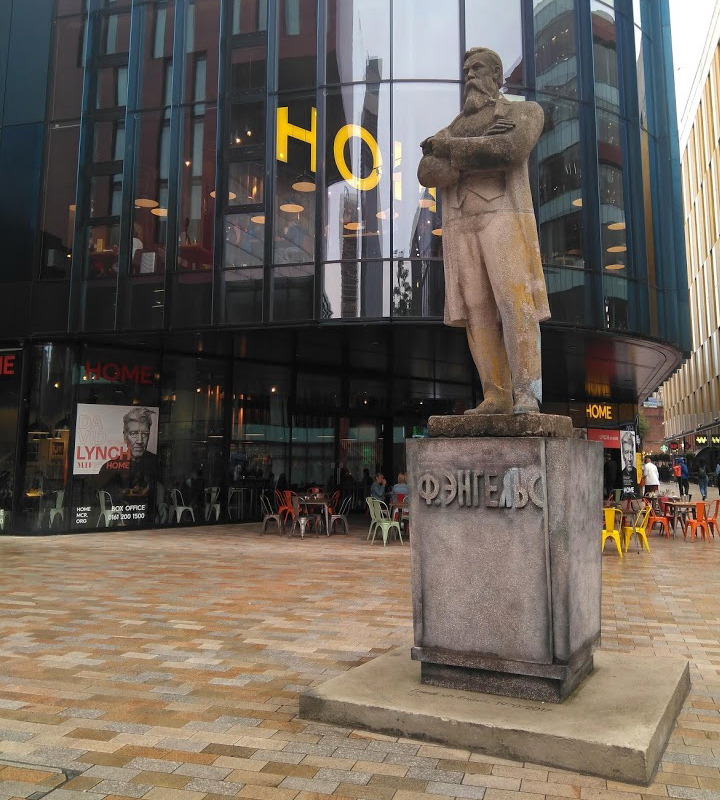
Versión original en español
In Manchester, at Tony Wilson Place, next to HOME contemporary art center, there is a statue of Friedrich Engels, 3.5 meters high. It was brought here in 2017 by British artist Phil Collins (nothing to do with the musician) from Mala Pereshchepina, a village in eastern Ukraine. There, they did not know very well what to do with the symbols of the old communist era, so Collins took advantage of that limbo and turned the odyssey of finding, transporting and relocating the sculpture into an artistic piece, with which he intended Manchester to remember his illustrious guest, and to value the influence that the city exerted on him and his thought.
Engels was born in Barmen, in former Prussia, but his wealthy family had textile industries in Manchester. His father sent him there in 1842, at the age of twenty-two, to familiarize himself with the business and, above all, hoping that direct contact with the stimuli and benefits of industrial production would calm the growing radicalism of his political opinions. It was not so, and in Manchester the young Friedrich developed his revolutionary fervor, aided by Mary Burns, the awake and fighter Irish worker of his factory with whom he married and lived twenty years, until his death. Through it, Engels —entrepreneur and revolutionary at the same time— knew first-hand the terrible living conditions of the working class in the suburbs of Manchester —at that time the world’s first industrialized metropolis— and reflected them in his seminal 1845 book The condition of the working class in England. Throughout his life, Engels maintained quite contact with the city, in which he lived many years and to which he returned frequently. Despite this connection, there is little in Manchester to remember him if we except the old table at the Chetham’s Library where he used to sit down to work with Karl Marx every time he came to see him and that today he can be visited.
Maybe because the remorse of oblivion towards the German philosopher, the city finally decide to honor him and use the Collins piece in 2017 to inaugurate the sixth edition of the prestigious MIF, the Manchester International Festival, an biennial artistic event taking place during two weeks of July, and one of whose great incentives is the fact that all its productions are world premieres.
Manchester is a fascinating city, which seems to happily ignore that kind of trick called urbanism. Inside Manchester cohabit —with medieval freshness, without apparent protocol, wall to wall, shoulder to shoulder, touching and loving each other— old and new architecture, low and tall buildings, Victorian accommodations and skyscrapers, embedded all of them in an impossible plot of streets, canals and train tracks. It makes no sense to talk about beautiful city or ugly city, because we can somehow feel that here architecture is not designed and built, but simply happens. And what simply happens cannot be subject to aesthetic judgment. Beyond its relevant contemporary history, Manchester’s appeal is related to its brave rejection of conservative and merely aestheticist planning. Don´t need it. It is a living city, made of layers of space and time that are connected by luminous scars.
Every two years, for two weeks, the Festival adds one more layer to the city, which soaks it discreetly and persistently, as if it were part of the weather. The MIF is, first and foremost, an atmosphere. And this edition of 2019, which ended on July 21, has been doubly so.
Not far from the Engels statue and HOME —dedicated until September to thoroughly exhibit David Lynch’s pictorial and cinematographic work— we can find the Manchester Museum of Science and Industry. On its back, next to the remains of what was the first railway station in the world in 1830, has taken place the Atmospheric Memory exhibition by Mexican-Canadian artist Rafael Lozano-Hemmer. The splendid show —the best of MIF 2019 in my opinion—, curated by José Luis de Vicente, is inspired by the scientist, mathematician and philosopher Charles Babbage (1791-1871), father of modern computing. In his 1837 book Ninth Bridgewater Treatise, Babbage wrote that when we talk, the movement of air molecules caused by our voice never ceases, even if we stop hearing the sound. Conversely, the vibration remains and the words are registered and stored in the atmosphere, which becomes a great repository of everything said. With a computer advanced enough to go the reverse way and turn those vibrations back into sounds, we could hear everything: words of love and hate from our loved ones, broken promises, criminal evidence, historical lies, secrets of rulers and even sentences of prophets and gods.
Babbage’s beautiful idea about an atmospheric memory that archives the traces of the human is amazingly present in our days, and not only because of that great telematic cloud that today, under the control of a few, invades every chink of our daily life, asking us to dump there our whole existence. Also because of the terrible carbon footprint that human activity leaves day after day in the air we breathe. Each molecule of carbon dioxide in the atmosphere gives us away.
Around this reflection, Lozano-Hemmer has devised an ambitious and beautiful show, which combines, with the same intensity, visual and intellectual stimuli, amazement and reflection. Housed in a huge chamber built for the occasion from 52 sea containers, the exhibition consists of 15 pieces that function as parts of a whole and weave a plot of meaning around the interactions between the tangible and the ethereal —what was first?— and its ability to flood the world we inhabit through technology with light and shadow. Despite the size and technical exuberance, the atmosphere of the show is overwhelmingly intimate, and one feels very closely affected by all those sighs, rumors, atoms of language and vision, turbulence, traces, apparitions and disappearances that there are unleashed in a beautiful and intricate loop of causalities and scales.
Atmospheric Memory works as a visitors training device in the interlocution with what Robert Musil called «the ghostly of events», and which he claimed as the only important thing when building future memories. That is why, when you go out after watching the exhibition, you are more prepared to experience the city and the festival. Then, everything you learn and know and read and see and smell and eat and drink and love and hate and say and silence just become atmosphere.
And in that intimate ether coexist —in all its possible combinations— the industrial revolution and the massacre of Peterloo and The (Manchester) Guardian and the claim to rest on Saturday afternoon and the world’s first vegetarian society and Engels and Babbage and Lovelace and Turing and Raquel and the canals and the geese of the canals and Brian Eno and Laurie Anderson and her moon and Philip Glass and the Tao of Glass and Phelim McDermott and Skepta and DJ Querubín Cantilever and Marina Abramovic and Dany Boyle and Calvino and their invisible cities and David Lynch and his disconnected head and mine and the ghosts parlamento y of Ibrahim Mahama and the integration school of Tania Bruguera and Claire Cunningham and their wonderful dancers of different capabilities and Rimini Protokol and Holly Herndon and Nico and Ian Curtis and Goya and the homeless.
As I write this, at another time and another place, that atmosphere continues to accompany me. I listen to it paying close attention, hoping to discover something new, something that the city told me those days and I could not hear.
Madrid, July 31, 2019
The seventh edition of the Manchester International Festival took place between July 4 and July 21, 2019






